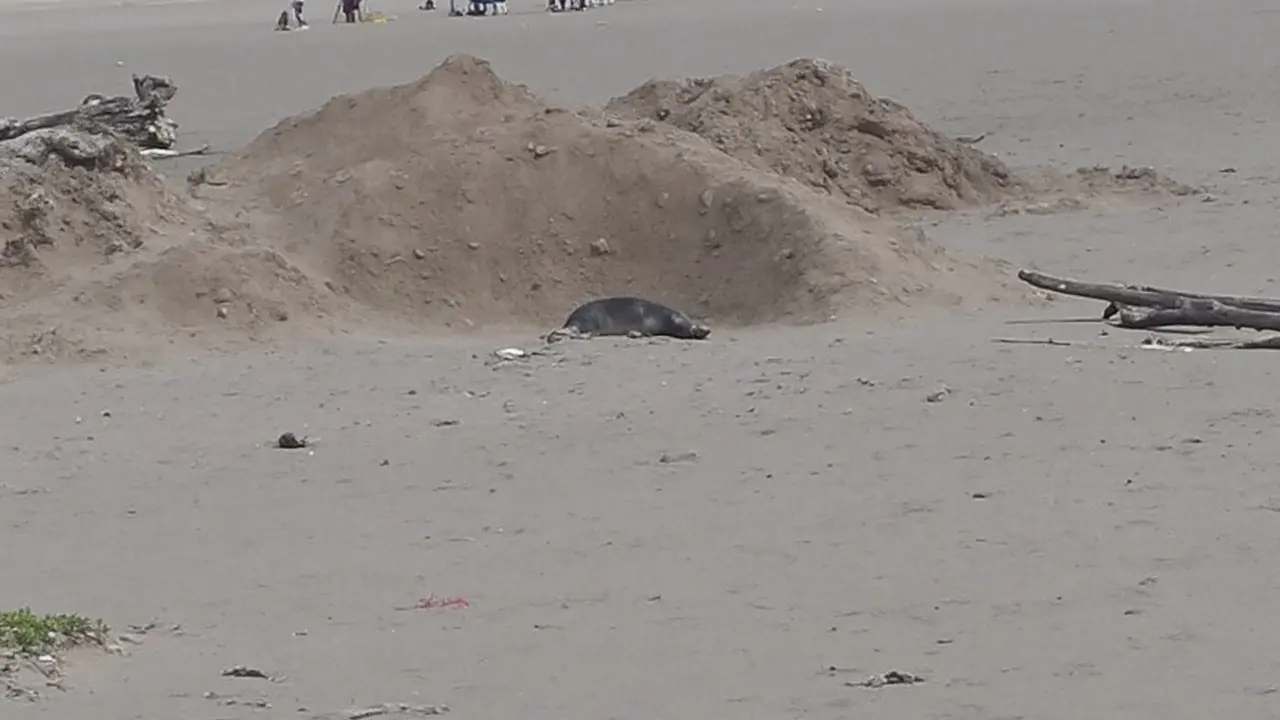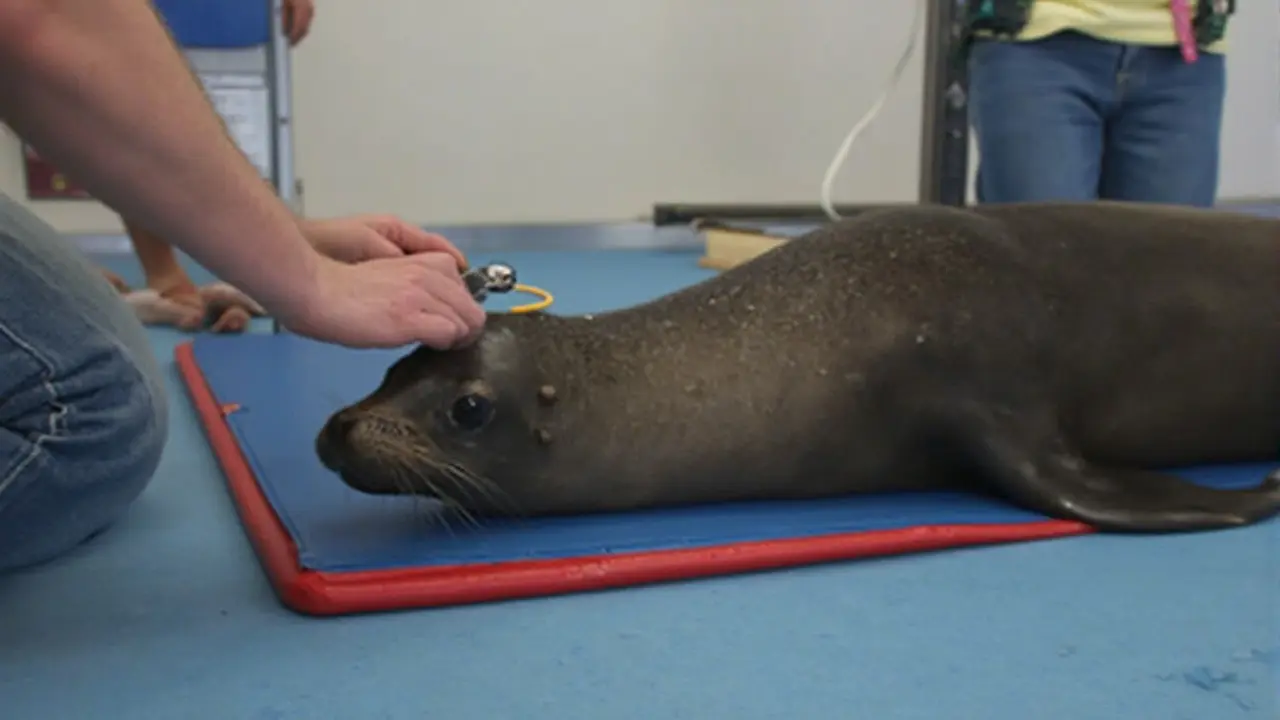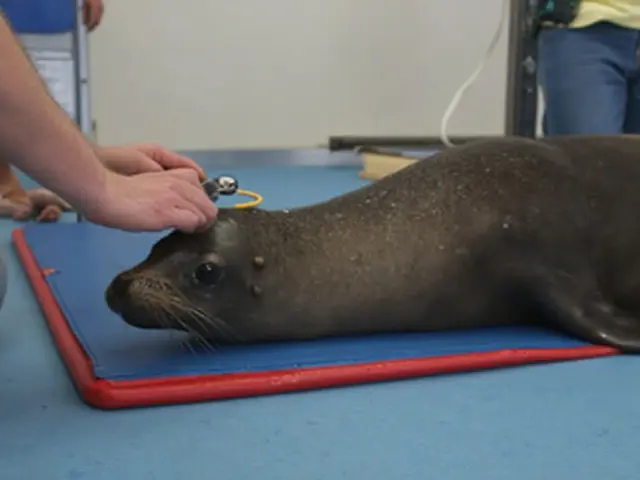A Seal's Unusual Journey to South Africa
Migrating animals usually make headlines only when there’s something truly unusual about their route. That’s exactly what’s happening with Rocky, a young southern elephant seal, whose voyage from remote southern oceans to bustling Cape Town in March 2025 left wildlife enthusiasts buzzing with curiosity. Not every day does a massive marine mammal—one that typically calls Antarctic waters home—pop up on South Africa’s coast. Rocky’s arrival marks a truly rare event for local scientists and the public alike.
Southern elephant seals are known for their impressive worldwide travels, covering thousands of kilometers as they follow cold-water currents in search of food. However, Cape Town rarely serves as a pitstop for these animals, let alone as their destination. Word of Rocky’s journey started circulating among conservation circles when the seal was first spotted near South African shores. While wildlife agencies have been hush about the project’s bigger picture, Rocky’s journey is clearly triggering big questions. What’s he doing here? And what could this mean for conservation, research, or even broader environmental issues?

Behind the Scenes: Conservation, Curiosity, and Community
Even if the full story hasn’t been spelled out, Rocky’s relocation hints at a coordinated effort involving marine biologists, conservationists, and possibly government wildlife authorities in both hemispheres. Moving a young seal isn’t something anyone does on a whim. It calls for careful planning to ensure Rocky’s health and safety during transport, not to mention extensive checks and potential quarantine before the seal mingles with local marine life.
Why move an elephant seal at all? It’s possible conservationists are deepening research into the effects of shifting ocean temperatures or food supplies linked to climate change. Results from tracking Rocky’s behavior in new waters could add real-life data to our understanding of how polar wildlife adapts—or fails to adapt—to a changing planet. Alternatively, Cape Town’s marine research programs may be leveraging Rocky’s presence to raise awareness about broader marine conservation, hoping the story catches the imagination of students, teachers, and curious residents alike.
For Cape Town’s community, Rocky is fast becoming an ambassador for wild oceans. Local environmental groups report a surge in interest, with families visiting lookouts on the off chance of spotting him. Schools are planning talks and lessons inspired by Rocky’s adventure, making marine biology suddenly a top topic among younger students.
While key questions remain unanswered—such as exactly how long Rocky will stay or what scientists hope to learn—his voyage is spotlighting just how much people care about ocean giants and their mysterious migrations. The coming months promise updates as researchers observe Rocky’s habits and health in a new and unfamiliar home, while Cape Town embraces its unexpected visitor with a mix of curiosity and wonder.

